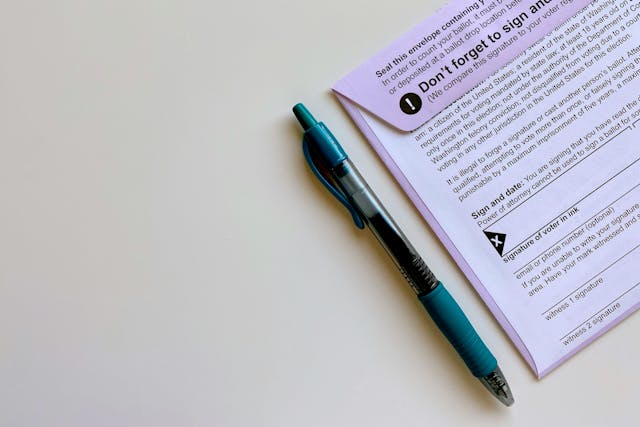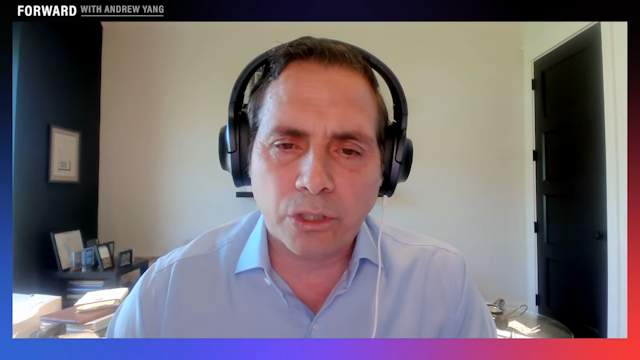Why Students Could Be the Drivers of Electoral Change

With back to school season in full swing, and an impending presidential election, the nation’s eyes are turning once more toward our young people — specifically, our college students.
It’s no secret that young people and millennials (there’s that uncharitable catch-all again) played a significant role in the election of Barack Obama in 2008 and 2012. Talking heads, pundits, and formal studies have all referred to the student vote in those elections as “decisive.”
So where do we go from here? Will students impact the dreary 2016 election in similar fashion? Have they already impacted it? And beyond selecting governmental figureheads, what else do college students have to offer the democratic process?
The Beginning of a Revolution
That the youth vote propelled Obama to victory twice is remarkable and laudable, but it’s in the past. What about the present — and the future?
Let’s start with the near-past. During the Democratic Party primaries, we saw a similar groundswell of excitement and mobilization around the Bernie Sanders campaign as we saw in 2008 and 2012 with the Obama campaign. Let’s put it as simply as possible: More young people voted for the curmudgeonly senator for Vermont than voted for Trump and Clinton combined. If that doesn’t sound like the start of a revolution, nothing does.
If Sanders’ revolution is about anything, it’s about standing up against the status quo, the tyranny of political parties and closed primaries, and the unquenchable belief that this country — and in turn the world — can become a better and more beautiful place.
That’s not the sort of thing you find in Clinton’s camp, where billionaires are more excited about electing yet another "Corporate Democrat" than students ever will be, or at a Trump rally, which frequently descends into chaos, shouted insults, and bodily violence. One of our major parties is the party of malaise — the other is the party of directionless, fruitless rage.
The Sanders Generation (may we coin a phrase?) has heard the whispered possibility of another way. We know how Sanders’ campaign ended — with something closer to a whimper than a bang — but it’s not because he sold out his ideals. It’s because he went to battle against the most sophisticated political machine in existence. The deck was always stacked against him, the outcome pre-decided.
But next time? Next time, we’ll enter into this process with our eyes wide open.
A revolution needs to run much deeper than electing another figurehead. During a live online address a couple months before the end of the Democratic Party primary, Sanders revealed his masterstroke: a call to young people across the nation to get involved in politics and run for local office. He announced organizations, support and infrastructure to help progressive-minded people enter politics for the first time.
The result? Between 7,000 and 11,000 people joined in the first 24 hours. These folks are America’s future Senators, Representatives, Attorneys General and Judges. This is what discontentment looks like when it’s channeled into something productive for a change.
Student Victories, Old and New
Back in April of 2014, student interns started organizing in a real way to call attention to the unfairness of their unpaid internships. We’re not much closer to stamping out unpaid work for good (“experience” doesn’t put food on the table), but these activists were unquestionably the deciding factor in expanding New York City’s Human Rights Law to include unpaid workers.
It’s hard to believe, but before this pivotal piece of legislation came about, unpaid workers were not entitled to governmental protections from discrimination of the racial, sexual or religious varieties — all of which were already enjoyed by paid workers in much of America.
Yes — this was a decidedly student-centric issue, as students are much more likely than older folks to stoop to unpaid work in exchange for the possibility of a hypothetical full-time job.
This writer posits that there’s a very simple reason why student activists are some of the loudest and best-organized in the nation: They haven’t yet let life beat the optimism out of them. Talk to almost anyone over the age of 40, and you’ll get an earful of sad, fatalistic rhetoric about the so-called value of political parties, the merits of “lesser evil” voting and the futility of a revolutionary spirit.
Back in the 1930s, during the consequential presidency of Franklin Delano Roosevelt, the New Deal was a tough sell to members of the older generations, many of which lived through World War I and its aftermath, and who seemed to believe, almost by default, that despair was merely a fact of life. When FDR started consolidating support for his unprecedented New Deal, it by and large wasn’t older folks who were clamoring for a stronger and more inclusive central government — it was young people. They saw what government was, what it could be, and were wise enough to tell the difference between the two.
We need a little bit more of that optimism. Trumpian politics says we’re one more bomb or deportation away from utopia, and the politics of the Clinton family are somehow not a great deal less cynical.
Young people want universal healthcare. They want tuition-free enrollment at public universities. They want all types of people to enjoy all types of freedoms, and they’re tired of waiting on our viciously bigoted, Republican-led Congress to award these rights piecemeal.
The Constitution says “all men.” That wording is a product of its time, clearly, but young people have an easier time than older folks at reading between the lines: It means “all people, always.”



